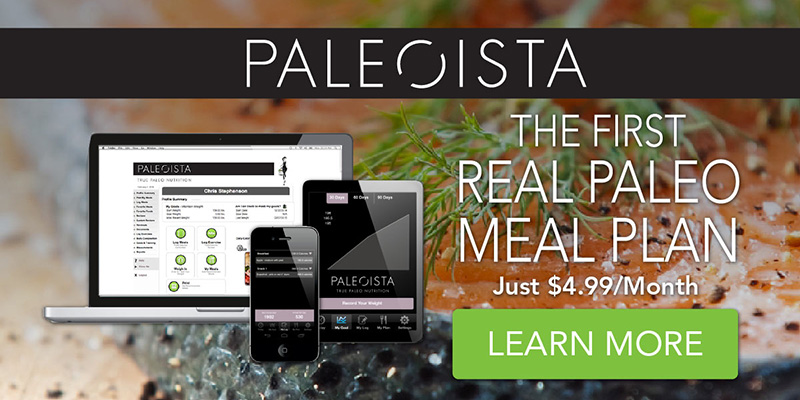Paleo-Friendly Plant-Based Complete Proteins You Should Be Eating
During my two-year stint following a vegan diet, I was sure I was getting enough protein from the plants I was eating. After all, we’re led to believe you can actually meet your percent daily value (DV) of protein by consuming an assortment of legumes, nuts and seeds. The USDA themselves tell us so!
“Vegetarians get enough protein as long as the variety and amounts of foods selected are adequate. Protein sources from the Protein Foods Group for vegetarians include eggs (for ovo-vegetarians), beans and peas, nuts, nut butters, and soy products (tofu, tempeh, veggie burgers).”1
Fortunately, those of us who understand and follow the true Paleo diet approach know our protein options are not only the healthier choices, but we also simply feel better eating grass fed meats and wild fish compared to getting by on beans and tofu.
The issue, of course, is how one can best get complete proteins into the body. “Complete protein” refers to amino acids, the building blocks of protein, of which there are 20 different amino acids that can form a protein, and nine that the body can’t produce on its own. These are called essential amino acids—we need to eat them because we can’t make them ourselves. In order to be considered “complete,” a protein must contain all nine of these essential amino acids in roughly equal amounts.
However, this doesn’t mean there isn’t room on our Paleo plate to add some of the better plant-protein options right along side that yummy steak!
While quinoa, buckwheat and soy aren’t exactly going to fit the bill, there are others that are quite suitable. Some of the richest, Paleoista approved plant proteins (how is that for alliteration?) to eat in moderation2 include:
Remember, all nuts and seeds should only be eaten in moderation because they are high in inflammatory Omega 6s and low in Omega 3s. If you’re following an autoimmune protocol, you’re better off nixing them completely. Also, sprouting or soaking nuts prior to eating them is recommended, as it will help to decrease the antinutrient content, making them a healthier option, less likely to contribute to leaky gut.
What’s the best way to eat your nuts and seeds then? That’s the easy part!
Whether you prefer to enjoy a handful of raw walnuts as a snack, sprinkle some diced Brazil nuts on top of your salad or whiz some macadamias into a smoothie, there’s no end to the permutations you might come up with.
One great idea is to take advantage of the texture and high fat content of nuts, and use them in a dip or sauce. Here are a couple recipes from my latest book, Pocket Paleo Snacks!
Mama’s Meaty Muhammara
A take on a Syrian dish traditionally made with breadcrumbs mixed in, this Paleoista version is just as tasty, if not more so, without the added fillers.
Hawaiian Ranch Dip
Indulge in this fabulous preparation of macadamias that goes well with grilled fish or blackened chicken; you’ll never miss the buttermilk found in a traditional ranch dip recipe when you’ve got this savory, decadent concoction!
REFERENCES
[1] “Vegetarian Choices in the Protein Foods Group.” Vegetarian Choices in the Protein Foods Group. N.p., n.d. Web. 20 May 2015.
[2] “Going Nuts: All the Bolts to Keep Your Health in Check.” The Paleo Diet. N.p., 10 Apr. 2014. Web. 20 May 2015.






